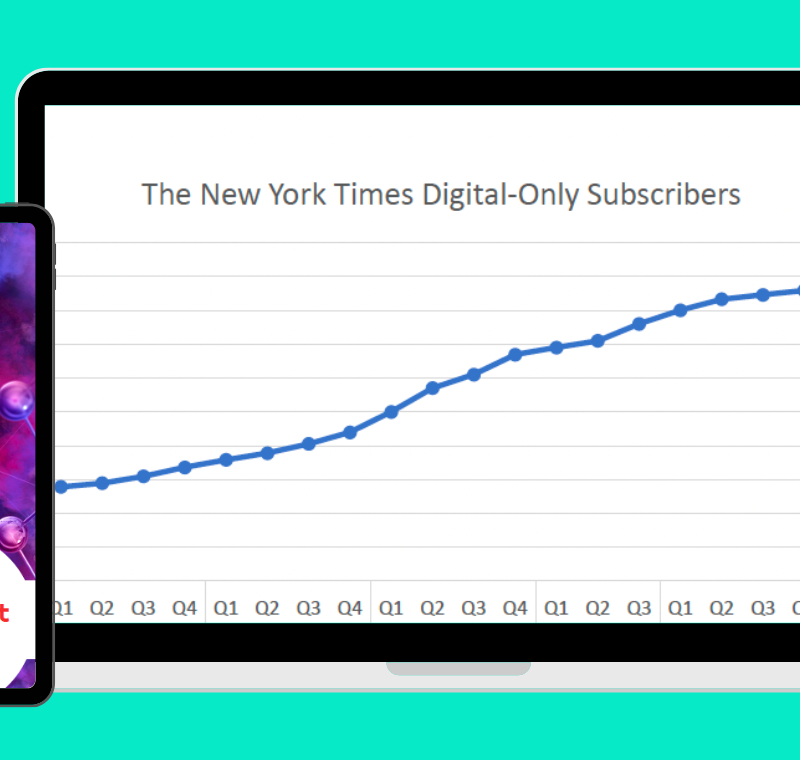Why India’s mobile users go offline for video
There are five very good reasons for it:
Smartphone explosion: India’s smartphone base, now at 125 million, is growing two to three times as fast as its overall mobile base (about 920 million subscriptions) or satellite and cable TV (145 million set-top boxes), and is more than the number of TVs with DVD or media players attached. By 2016, India is likely to cross 200 million smartphone users, topping the United States as the world’s second largest smartphone market, according to analyst firm eMarketer. Big drivers: WhatsApp, Facebook, and video entertainment.
Slow mobile internet: Of India’s 255 million internet subscriptions, more than 92 per cent are mobile. But three-quarters of those mobile internet users – over 170 million – use a slow 2G or Edge connection, instead of 3G. There are only 15 million wired broadband users in India, according to India’s telecom regulator TRAI’s report of 29 January 2015.
The data cap: Mobile internet is expensive. Fast data plans have low “caps” – the maximum data they allow you under the plan. A typical Bollywood movie of good quality would be a 1GB download. A 3G plan from Airtel with a 1GB data cap is 249 rupees (US$4). Compare that with the 116 rupees (less than $2) a month that the average Indian user spends on his mobile phone.
Few Wifi hotspots: Users prefer to download multimedia over cheaper and faster wifi. But most 2G-data users do not have access to cheap wifi, nor are they usually customers of the upmarket coffee shops with free wifi. A few cities – Bangalore, Pune, Kolkata (formerly Calcutta) – have some public free-wifi hotspots, but their impact is low.
The download problem: Even with occasional access to free wifi hotspots, Indian mobile users rarely watch streaming video, such as from YouTube. They prefer to download it, which isn’t easy online.









